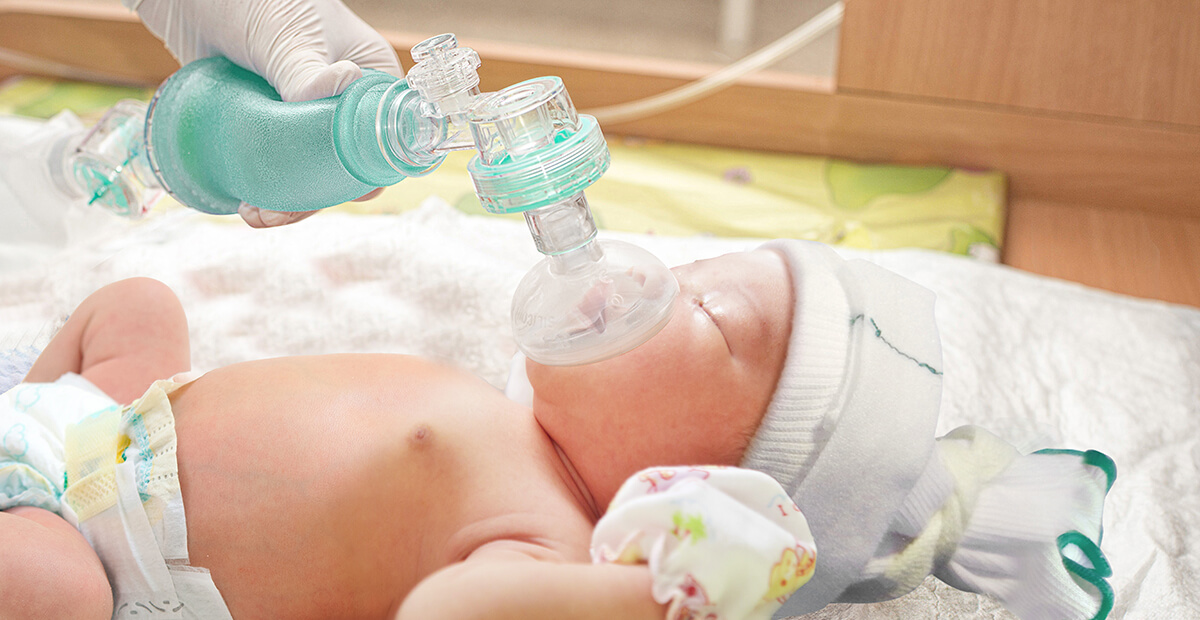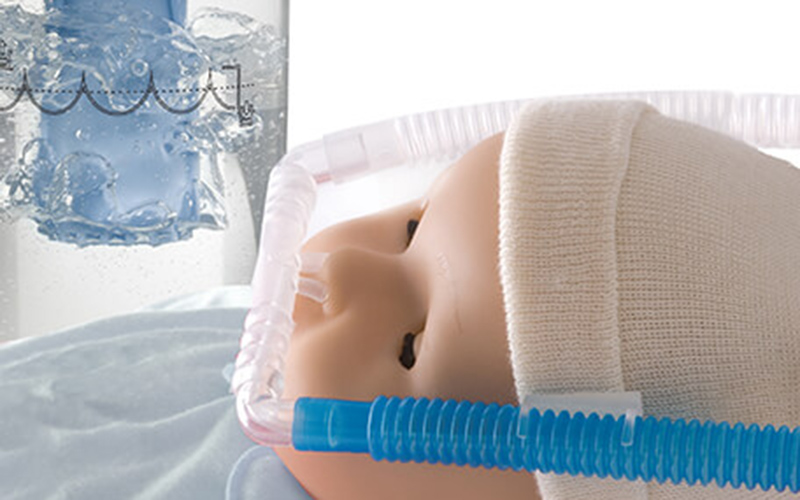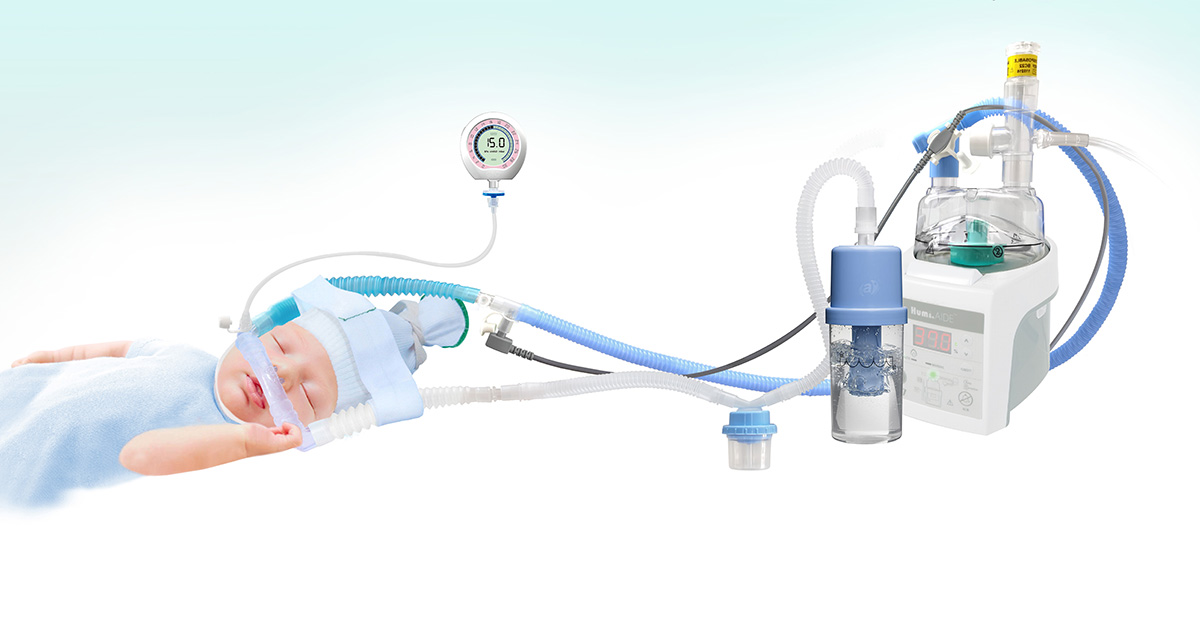Understanding the Challenges of Neonatal Respiratory Care #
Over recent decades, the global rise in premature births has presented significant challenges in neonatal healthcare. Premature infants, unlike their full-term counterparts, are at increased risk for a range of health complications, particularly those affecting the brain, heart, eyes, and most critically, the respiratory system. Due to underdeveloped lungs, many premature babies experience substantial breathing difficulties that can threaten survival.

Neonatal Respiratory Distress Syndrome (RDS) #
Neonatal respiratory distress syndrome (RDS) is a prevalent condition, impacting approximately 40,000 infants annually in the United States. While advances in care have significantly reduced mortality rates, RDS remains a leading cause of neonatal morbidity and mortality, especially among infants born before 28 weeks of gestation—where the incidence exceeds 80%. RDS is primarily a disease of prematurity, with its pathophysiology rooted in surfactant deficiency, immature alveolar structures, reduced lung compliance, and compromised gas exchange.
Pathophysiology of RDS #
A decrease in surfactant leads to increased alveolar surface tension, causing alveolar instability and collapse (atelectasis), which in turn elevates the work of breathing (WOB). The heightened surface tension also draws fluid from capillaries into the alveoli, further impairing oxygen exchange and resulting in severe hypoxemia. This hypoxemia, coupled with acidosis, raises pulmonary vascular resistance (PVR), increasing right-to-left shunting and exacerbating hypoxemia. The cycle of hypoxemia and acidosis further inhibits surfactant production, perpetuating respiratory compromise.

Clinical Manifestations #
Signs of respiratory distress in infants with RDS typically emerge soon after birth. Tachypnea is often the initial symptom, followed by worsening retractions, paradoxical breathing, and audible grunting. Nasal flaring may also be observed. On chest auscultation, fine inspiratory crackles are common. Cyanosis may be present, and if central cyanosis is detected, it indicates severe hypoxemia. Other conditions, such as systemic hypotension, hypothermia, and poor perfusion, can mimic RDS. Diagnosis is usually confirmed via chest x-ray, which reveals a diffuse, hazy, ground-glass appearance or reticulogranular densities with air bronchograms and low lung volumes. The reticulogranular pattern results from aeration of respiratory bronchioles and widespread alveolar collapse, while air bronchograms appear as dark, aerated bronchi surrounded by collapsed lung tissue.

Therapeutic Approaches #

Management of RDS commonly involves continuous positive airway pressure (CPAP), surfactant replacement therapy, and mechanical ventilation—either conventional or high-frequency ventilation (HFV). High-flow nasal cannula (HFNC) and Nasal Intermittent Mandatory Ventilation (NIMV) are also utilized. For most infants, unless the condition is severe (high WOB, FiO₂ >0.4, or severe apnea), a trial of nasal CPAP (4 to 6 cm H₂O) is recommended. Due to the risks associated with endotracheal tubes (ETTs), nasal prongs or masks are preferred. If the infant’s condition deteriorates, intubation should be performed under controlled conditions, and mechanical ventilation with positive end-expiratory pressure (PEEP) should be initiated if CPAP fails to improve gas exchange or if frequent apnea persists.
Bubble CPAP: An Effective and Accessible Solution #
Underwater bubble CPAP (B-CPAP) and ventilator-derived CPAP (V-CPAP) are two widely used CPAP modalities, differing in their pressure sources. V-CPAP utilizes a variable resistance valve, while B-CPAP achieves positive pressure by immersing the distal expiratory tubing in a water column to the desired depth. Evidence suggests that B-CPAP is superior to V-CPAP for treating RDS in preterm infants, offering fewer complications, shorter hospital stays, and lower costs. Its simplicity and affordability make B-CPAP particularly valuable in resource-limited settings.
Reference: Iran J Pediatr. 2011 Jun; 21(2): 151–158.
Recommended Solutions for Neonatal Respiratory Support #
- nBag Neonate Resuscitator
- Bubble PAP Valve
- nCPAP Nasal Kit
- Heated Wire Circuit
- Auto-feeding Humidifier Chamber, Neonate
- Pressure Limited Safety Valve
- nTest Lung
- nMask
- Neonatal Product Category
For further information or to reach out, please contact us.
 nCPAP Nasal Kit
nCPAP Nasal Kit Babi.Plus Mask
Babi.Plus Mask